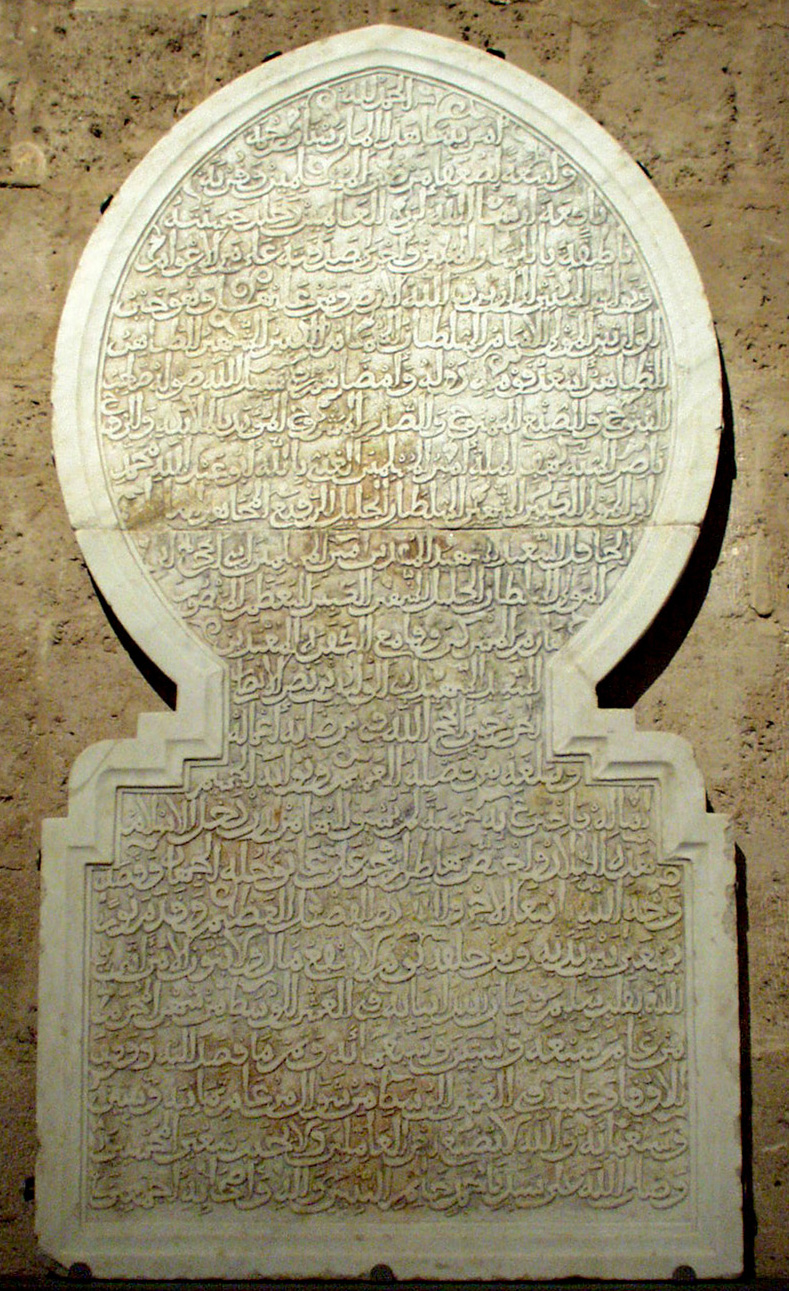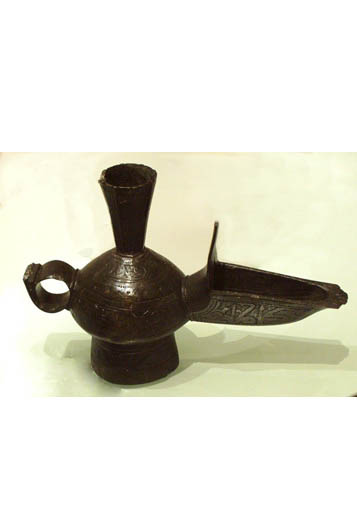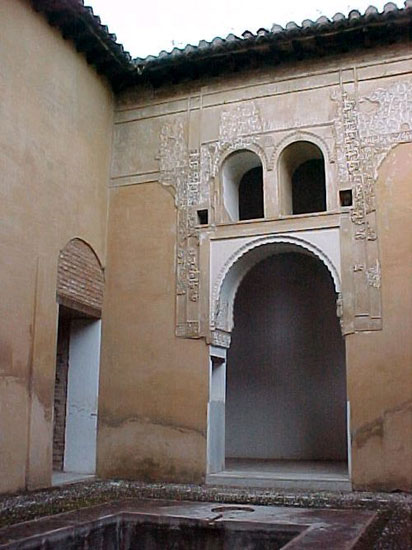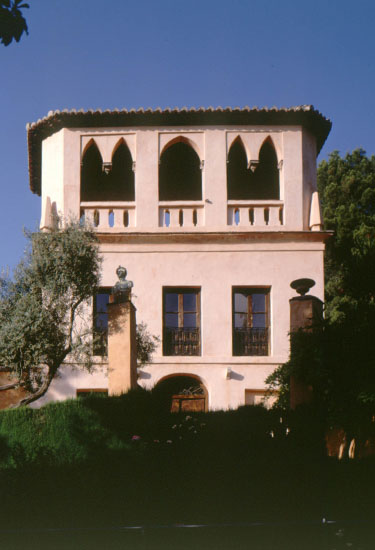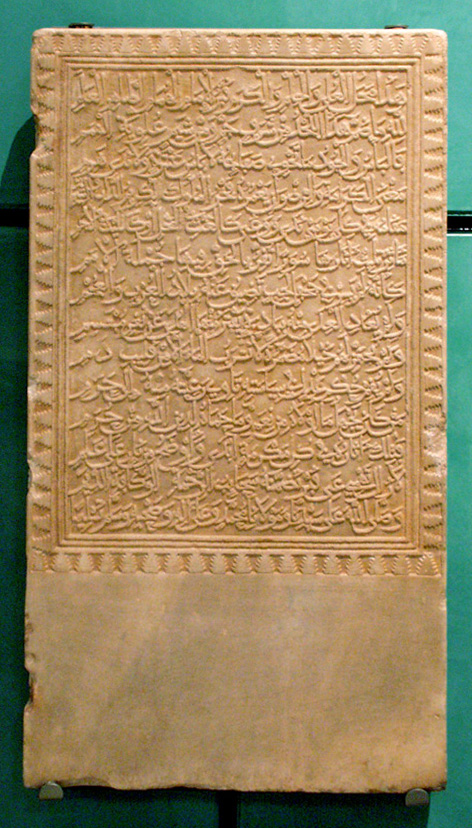The Nasrid column from the Alcaicería
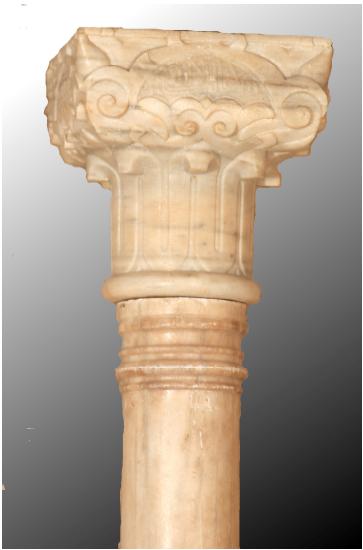
The Alcaicería, one of the most important parts of the Nasrid Medina, was originally a silk market and continued to act as such until well into the 19th century, when the silk merchants were joined by other traders and craftsmen who are still remembered today in the names of streets; sederos (silk merchants), pañeros (drapers), curtidores (tanners), zapateros (shoemakers)…
The 19th century Alcaicería had little to do with the markets described by Lalaig or Andrea Navagero three centuries earlier. However its general layout must have been much the same as in Moorish times. It was confined within the same perimeter, which had various doors or gates for access, and its outer walls were made up of houses and shops mounted one on top of another. Its official title of Royal Site and Fort of the Alcaicería proclaims its links with the Crown, which received revenues from the businesses conducted there and which meant it was administered by the Governor of the Royal Alhambra.
On 20th July 1843 the Alcaicería suffered a devastating fire which destroyed most of the shops inside its walls. This disaster proved to be a watershed in the life of the market which was never the same again, in spite of the efforts made to rebuild the perimeter walls and the shops. Those responsible for the rebuilding opted for a markedly neo-Nasrid aesthetic, the first example of imitation Alhambra-style architecture in the city of Granada.
A column from the original market is conserved at the Museum of the Alhambra. Studies of this column have shown that it shares common features with other columns from the same era. This piece allows us to step back into life in the mediaeval Alcaicería, giving us an insight into its function within the city and of the extraordinary quality of its silk fabrics many of which are in the Museum collection. It finally serves as a vehicle to transport us back to the terrible events of 1843, which led to the aesthetic renovation of the market’s outer shell which was rebuilt on the basis of new criteria arising from the artistic phenomenon which was growing up around the palaces of the Alhambra and their wonderful ornamental repertoire.
Opening time: Saturdays at 12 a.m.
Place: Room V, Museum of the Alhambra, Palace of Charles V





 Contact
Contact






